Tor
Tor is a distributed 'onion' network, that makes it more difficult for an adversary to track any one peer on the network. Tor also is very useful to access the 'uncensored' internet in countries such as China and Iran.
Bitcoin can run easily on the Tor network.
Tor installation & use
todo explain: onion routing (how tor network helps to anonymize), encryption used, exit nodes, routers
Please follow the instructions provided with installation files and read the list of warnings. Tor doesn't magically anonymize all your traffic just because you install it.
Down the page you can find examples how to configure applications to use Tor to anonymize the origin of your traffic.
This is a detailed installation guide for Windows. Before you setup Bitcoin or mIRC to use Tor, please install Tor and start in.
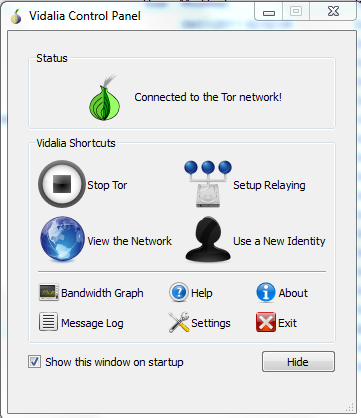 On the taskbar of your compute you'll see a small green onion when Tor is running.
On the taskbar of your compute you'll see a small green onion when Tor is running.
![]()
GUI
Once you have your Tor client up & running, you can configure your Bitcoin client to use it.
Select in menu Settings -> Options
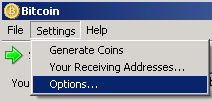
Check "Connect through socks 4 proxy" with the address 127.0.0.1 and port 9050 (the Tor default port number)
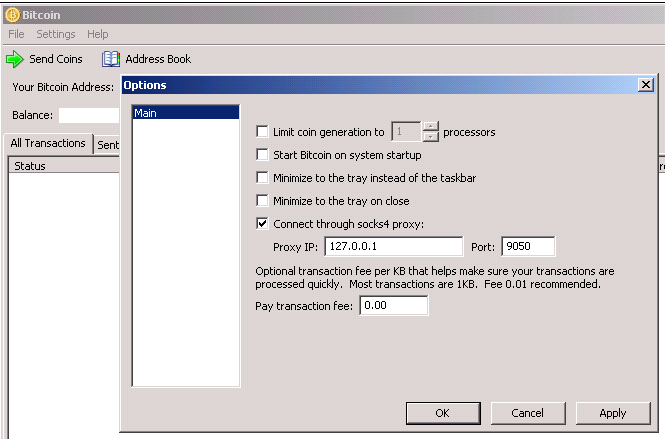
Configuring an application to use Tor is also called to torify it.
(needs a brief howto here)
the note about bitcoin-otc promote on a more appropriate place in this page? reference to trading and IRC Conducting business using bitcoin-otc can be done more anonymously when directly connected to a Freenode IRC hidden service.
bitcoind
Run bitcoind with -proxy=127.0.0.1:9050 (or whatever your SocksPort is).
Hidden services
These services are running within the tor network. You can connect to them for example using the -connect= parameter to bitcoind. Note that you do not need to use them - tor can also anonymize your normal internet traffic, including bitcoin connections. There are some technical reasons why hidden services may be beneficial, see the tor documentation if you're really interested.
Please add your service here if you run a stable bitcoin node under a tor hidden service.
- iy6ni3wkqazp4ytu.onion
mIRC
mIRC is a popular IRC client. This is a guide how to connect to Freenode IRC using Tor + SASL + mIRC.
Register your nick with freenode nickserv
Freenode only allows SASL authenticated users to connect to the onion IRC server. SASL authentication works only with a registered nickname.
Connect to Freenode IRC without using tor & execute
/msg nickserv register <password> <email>
You will see something like this
-NickServ- An email containing nickname activation instructions has been sent to <email>
-NickServ- If you do not complete registration within one day, your nickname will expire.
To finish your nick registration go the provided email and copy/paste the command from e-mail to irc.
Add SASL support to your mIRC installation
Download the SASL.dll and sasl.mrc files and copy them to your mIRC installation directory
Load sasl.mrc script (Alt + R to open script editor, Ctrl + L to load file, browse to sasl.mrc, press OK or "save & exit").
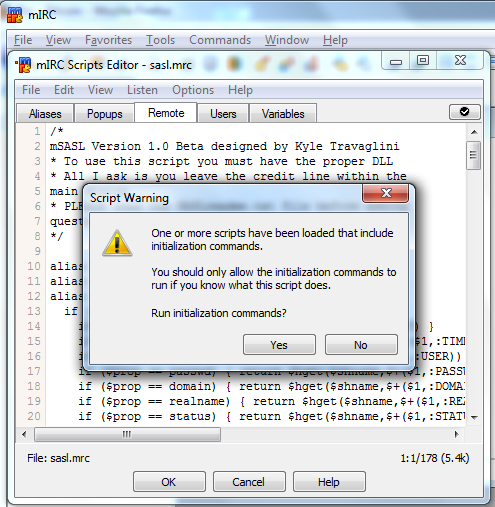
Type /dialog -m SASL.main SASL.main to open the SASL connection manager.

Add Freenode entry.
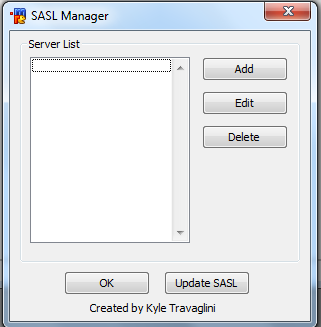
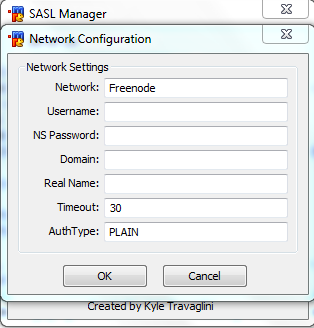
Network is Freenode.
Username and NS Password must match your nickserv reservation.
Auth Type can be PLAIN
setup mIRC to use Tor
Add the entry for Freenode onion IRC server
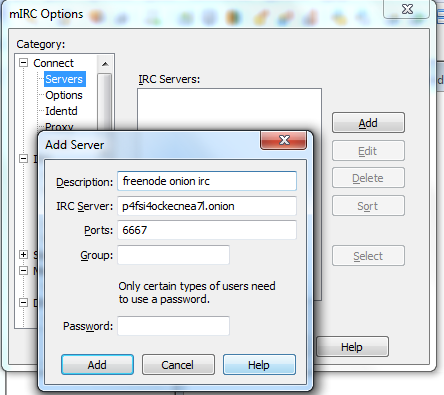
Configure mIRC to use a Proxy (your local Tor proxy)

Now you should be able to connect.
Bitcoin forum where this topic is discussed
External Tor Hidden Services
- bxfna6fhddpzduck.onion Bitcoin only Tor .onion address
- MyBitcoin - A web-based transaction processor for Bitcoin
- The Bitcoin 4 Cash Service
- Freenode hidden service